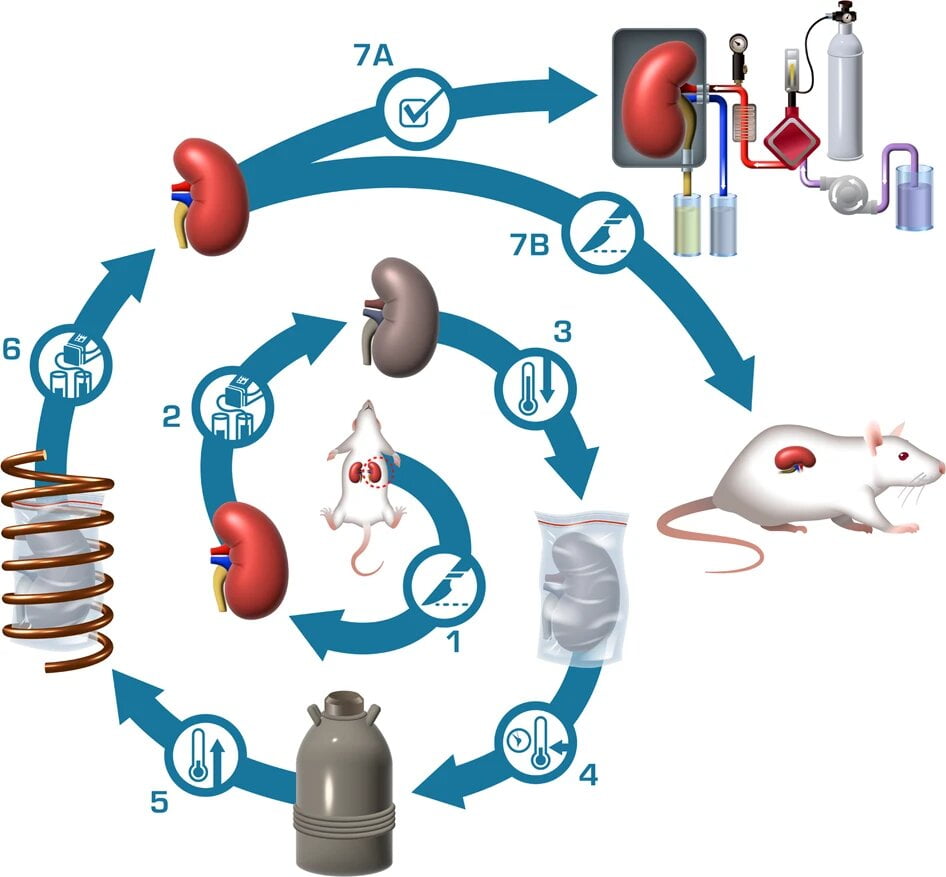Four people are now in the first week of their year-long mission inside a 3D printed environment that resembles the environment of Mars.
The isolation mission is part of a NASA experiment aimed at testing the effects of long-duration missions on the human body and mind.
The course was closed inside the shelter on June 25 under the Crew Health and Performance Exploration Analogue study of the space agency.
Analog functions are performed on the ground and help to simulate a place or place like a planet.
As space agencies and companies look to build human settlements on the Moon and Mars, these experiments are critical to understanding the challenges of long-term missions.
Chapea’s work is being done at NASA’s Johnson Space Center in Houston.
“The simulation will help us gather information and physical activity to give us more insight into what we can do long-term on Mars about the health of the crew,” said Grace Douglas, Chapea’s principal investigator.
“Ultimately, this information will help NASA make informed decisions to design and plan for a successful human mission to Mars.”
The volunteers will simulate the challenges of human mission on Mars, including resource shortages, equipment failures, communication delays and other environmental issues.
Who are the people being tested?
Kelly Haston, a research scientist who develops models for human diseases, is serving as the mission’s chief.

The Canadian citizen has led stem cell-based projects in the areas of infertility, liver disease and neurodegeneration.
Ross Brockwell, an American engineer, is a flight engineer, American emergency physician Nathan Jones is a doctor and Alyssa Shannon., nurse practitioner in california, will be the science manager.
What will he do for a year?
During the experiment, the crew will work on a variety of missions, including simulated transportation, robotics, landscaping, personal hygiene, exercise and plant growth.
“To get as close to Mars as possible, the crew will also face environmental challenges such as resource depletion, isolation, and equipment failure,” NASA said.
These simulated missions will be conducted in pairs in the ‘sandbox’ region of the habitat, which contains red sand to mimic the Martian landscape.
“The sandbox is equipped with a footrest to help people take long walks over the 1,200-square-foot (111-square-meter) sandbox.”
Why is NASA doing this?
Analog projects have been going on for several years, managed by NASA, the Russian agency Roscosmos and private companies around the world.
The longest such mission to date was the Mars-500 mission by Russia, the European Space Agency and China.
Six workers live in the house for 520 days.
Last year, the UAE took part in the project for the first time, when Emirati engineer Saleh Al Ameri was placed individually for eight months at a permanent location in Moscow.
UAE’s Saleh Al Ameri is leaving Russia in isolation after eight months of space exploration

In 2021, two astronauts spent 60 days living in a shelter in Greenland to simulate the conditions of the moon.
Danes Sebastian Aristotelis and Karl-Johan Sorensen were part of the Lunark mission, where they endured arctic temperatures of less than 30°C and carried guns to protect themselves from bears.
The pair work at Saga Space Architects, a firm that aims to create spaces for future travelers to live in by approaching space design from a human perspective.
Elon Musk’s SpaceX is developing Starship rockets to take humans to the Moon, Mars and beyond in one day.
The billionaire hopes to make life more multifaceted in the future.
NASA is trying to put humans on the surface of the moon within this decade under its Artemis program.
Updated: June 30, 2023, 6:50 AM
#NASA #volunteers #begun #yearlong #mission #3Dprinted #Mars

